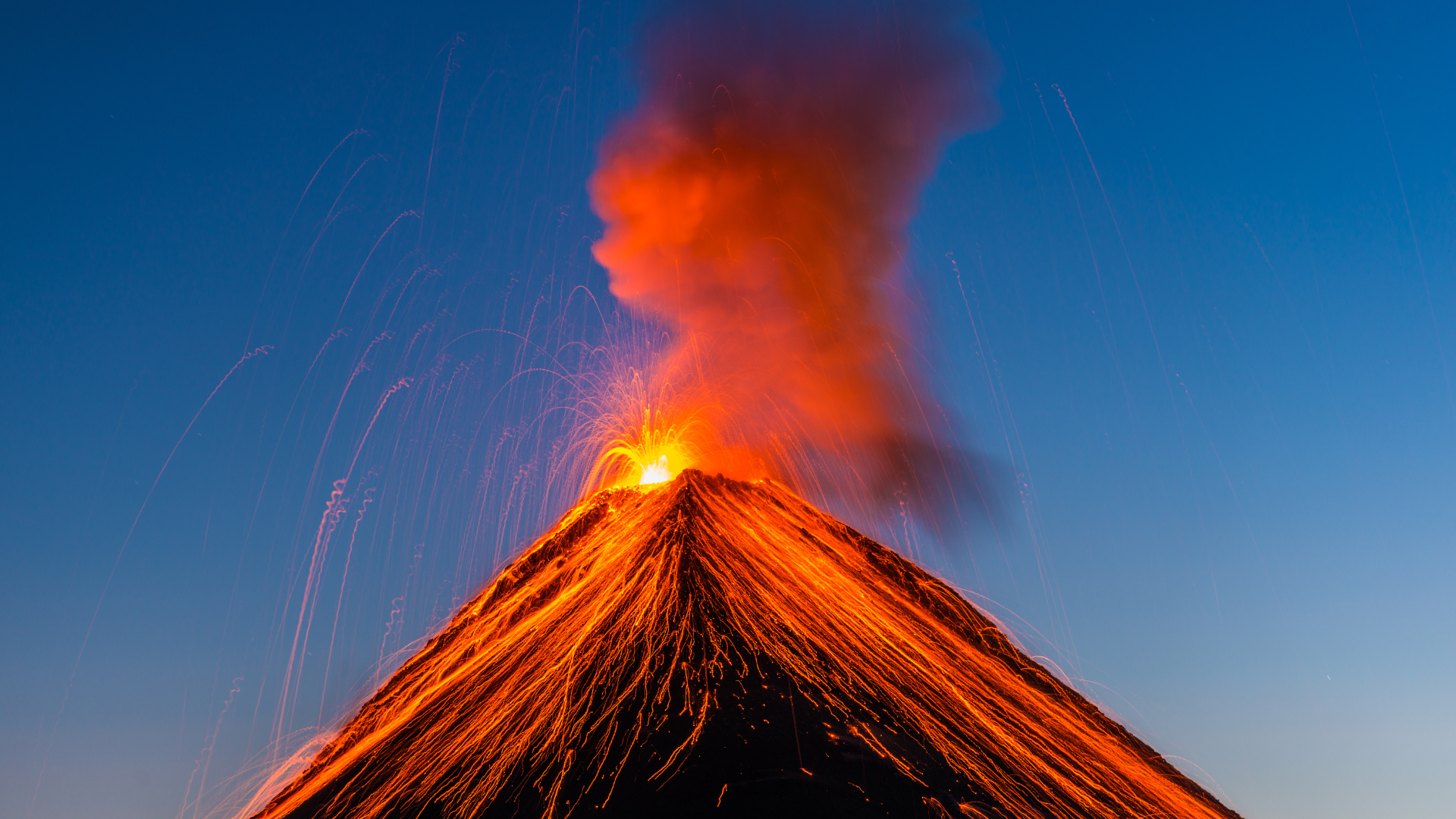
Understanding Volcanoes and Why They Erupt
Volcanoes have captivated us from ancient times to the modern day, with their powerful eruptions and mesmerizing lava flows. But why do volcanoes erupt?
How can we understand their behaviour? In this blog post, we’ll look at the science behind volcanic eruptions and how they work. We’ll explore different types of volcanoes, examine the geological processes involved in eruptions, and discuss how they affect human populations. With a better understanding of volcanoes, we can prepare for future events and protect people from their devastating effects.
What is a Volcano?
When the magma pressure is too great, an eruption can occur when the mountain opens downward to a pool of molten rock (magma). Volcanoes are found where tectonic plates are pulling apart or colliding. The most active volcanoes in the world are located along the “Ring of Fire,” a 40,000 km (25,000 mi) horseshoe-shaped ring that follows the coasts of the Pacific Ocean.
There are three types of eruptions: effusive, explosive, and pyroclastic flow. Effusive eruptions are gentle and quiet, with lava slowly flowing from the volcano.
Explosive eruptions are much more violent, with thick clouds of ash and gas bursting from the crater. Pyroclastic flows are dangerous mixtures of hot gas and rock that can race down the slopes of a volcano at high speeds, destroying everything in their path.
Most volcanoes have cone-shaped structures built up from layers of lava flows and ash deposits. Some volcanoes form large calderas, or crater lakes, after major explosive eruptions.
The Different Types of Volcanoes
Also known as scoria cones, cinder cone volcanoes are the simplest type of volcano. They are built from the rubble and solidified lava that has been ejected from a single central vent. The lava is very thin and gas-rich, so it cools quickly and forms a rough, porous surface. Over time, the cone can become quite large (some cinder cones are over 1 kilometer (0.6 miles) across at the base!) but they are usually only about 300 meters (1,000 feet) tall.
Composite volcanoes, also called stratovolcanoes, are made up of layers of lava flows, volcanic ash, cinders, and other debris that have accumulated over time. They typically have a conical shape with a steep slope angle. Many of the world’s most famous volcanoes including Mount St. Helens, Mount Vesuvius, and Mount Fuji are composite volcanoes.
They are named for their characteristic low, broad shape that resembles a warrior’s shield. A central summit vent or group of vents is responsible for most of their structure. The Hawaiian shield volcanoes Mauna Kea and Mauna Loa, for example, are only 4 to 6 kilometers (2.5 to 3.7 miles) tall, but their base diameters are over 70 kilometers (43 miles). Shield volcanoes tend to be broad and low, not as tall as other types of volcanoes.
Lava dome volcanoes form when molten lava is too thick and viscous to flow away from the vent, so it accumulates around the vent instead. Over time, this lava builds up into a steep-sided dome shape that can reach heights of over 500 m (1,600 ft). These domes often form in clusters or around the main volcanic vent.
How Do Volcanoes Form?
A volcano forms when molten rock (magma) and ash escape from an opening in the Earth’s surface. The molten rock and ash cool as they cool and solidify, making a volcano. Over time, the magma rises and the volcano grows.
There are three main types of volcanoes:
- cinder cone
- shield
- composite
Why Do Volcanoes Erupt?
There are several reasons why volcanoes may erupt. The most common reason is when magma, or molten rock, rises to the surface. Magma is formed deep within the Earth when rocks melt due to high temperatures and pressures. When the magma is thick, gas doesn’t escape from it very well and an explosive eruption can occur. If the magma is thin, gas bubbles easily escape from it and a less violent eruption will happen.
Other factors that can contribute to an eruption are changes in pressure within the molten rock, temperature changes, or the addition of water. When any of these things happen, it can trigger an eruption.
Volcanoes are usually located near tectonic plate boundaries. This is because as the plates move, they create movement and tension in the Earth’s mantle. This can cause magma to be forced to the surface where an eruption may occur.
The Dangers of Living Near a Volcano
Living near a volcano can be dangerous for several reasons.
1. If an eruption occurs, you may be caught in the path of the volcanic debris which can be extremely harmful.
2. Ash from the eruption can fall on nearby communities and contaminate water supplies, making it difficult to access clean drinking water.
3. Toxic gases released during an eruption can also pose a health risk to those living nearby.
It is therefore important to be aware of the dangers of living near a volcano and take precautions to protect yourself and your family should an eruption occur.
We hope that this article has helped you better understand volcanoes and the forces behind them. Volcanoes are fascinating natural features whose eruptions can have a dramatic impact on our lives – from shaping the landscape to causing destruction.
But by understanding how they work, we can be better prepared for when an eruption does occur, making sure communities stay safe in the face of volcanic activity.

Comments (0)